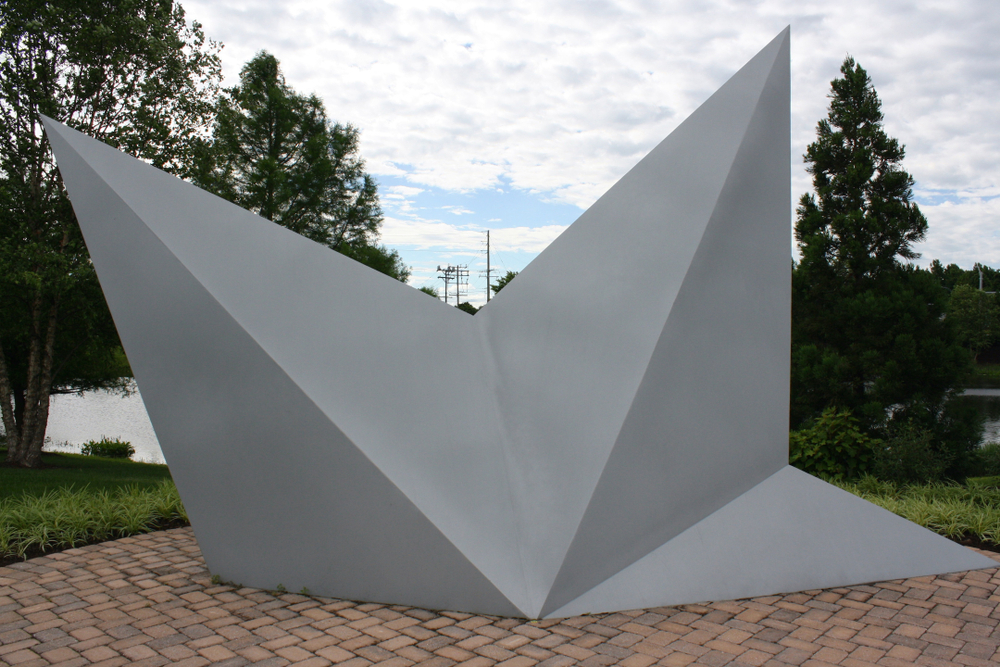
US Army Communications-Electronics Command at Aberdeen Proving Ground, MD has asked four battery companies to compete to build the Conformal Wearable Battery (CWB) which will power a variety of wearable computers, sensors, and communications devices. CWB orders are potentially worth nearly $1.3 billion over the next nine years. The competing companies include Bren-Tronics, Inventus Power, Navitas Advanced Solutions Group, and Ultralife.
The CWB will be a rechargeable lithium-ion battery serving as a centralized energy source that will be integrated into a soldier’s body armor. It will be thin, lightweight, and flexible in order to conform to the warfighter’s body and be worn in either the side, chest, or back pouches with ballistic protective plates. Preliminary CWB designs have already been tested to ensure the battery does not catch fire if hit by enemy bullets or shrapnel. The CWB will have a state of charge indicator; generate power continuously for as long as 24 hours; enable infantry operations in remote areas; reduce weight; and increase infantry mobility. The 150-Watt-hour battery will hold from 10 to 16.8 volts, with nominal voltage of 14. 8 volts; weigh 2.6 pounds (~1.18 kilos); measure 8.7 by 7.66 by 0.7 inches (~22 by 19.5 by 1.8 cm); and operate in temperatures from -2 to 60 degrees Celsius.
As part of the Tactical Power Generation Program, the goal of the CWB is to increase infantry mission time without stopping for battery resupply; and eliminate the need to swap-out the batteries in each electronic device. It is expected to reduce the battery types and quantities the soldier has to carry, and will reduce the carried battery weight attributed to the size, weight, and power (SWaP) necessary to support a mission.
